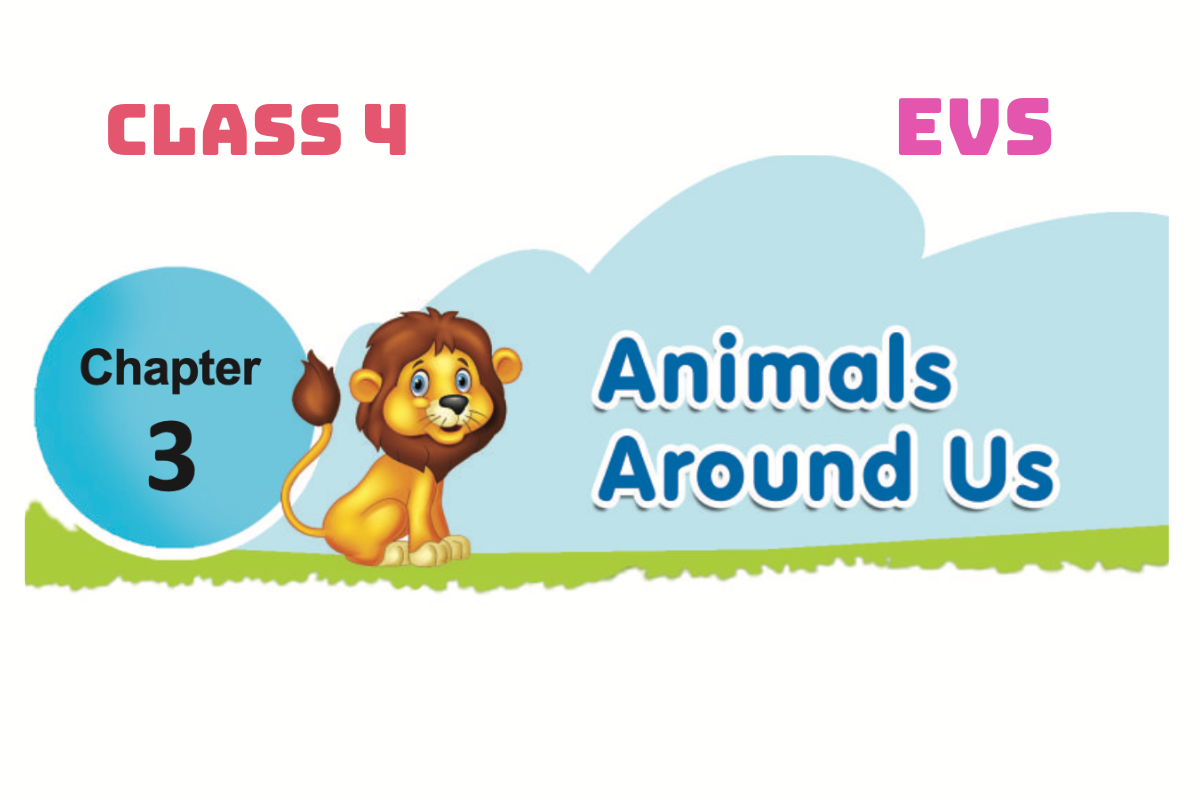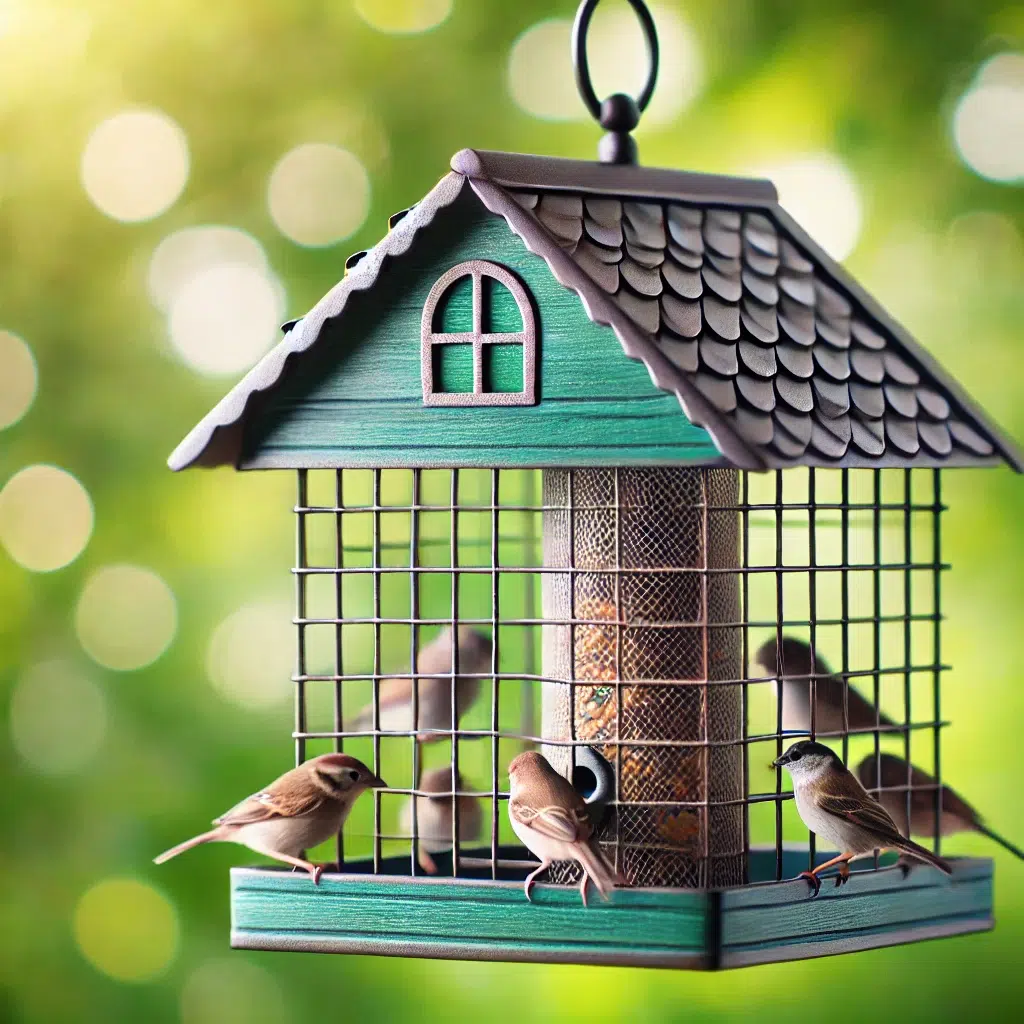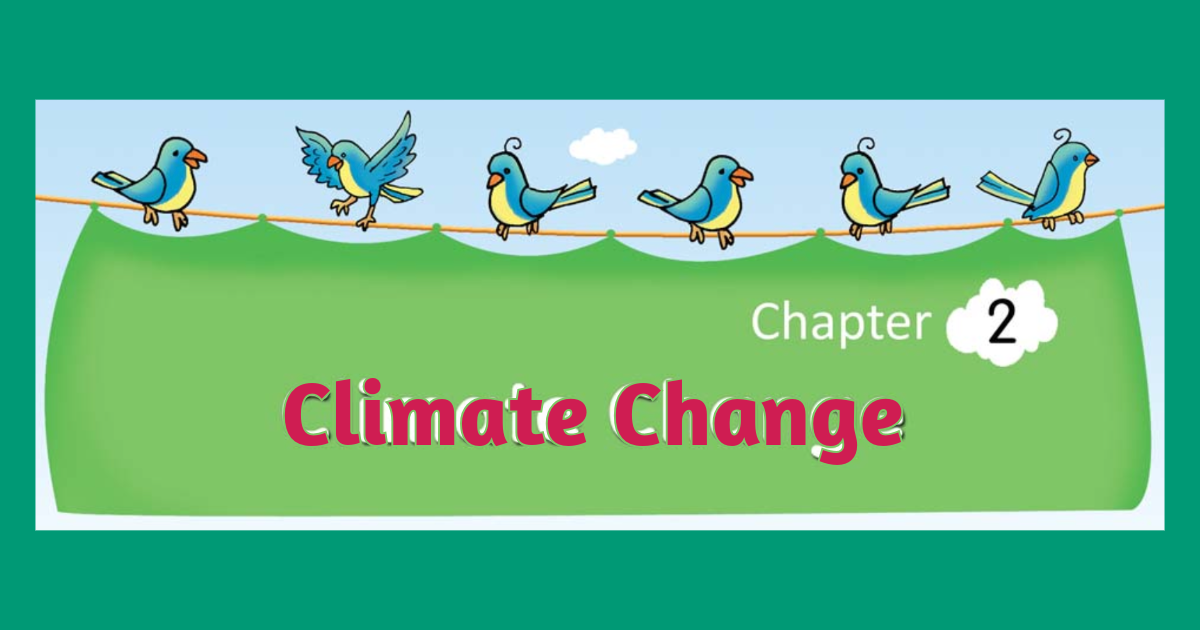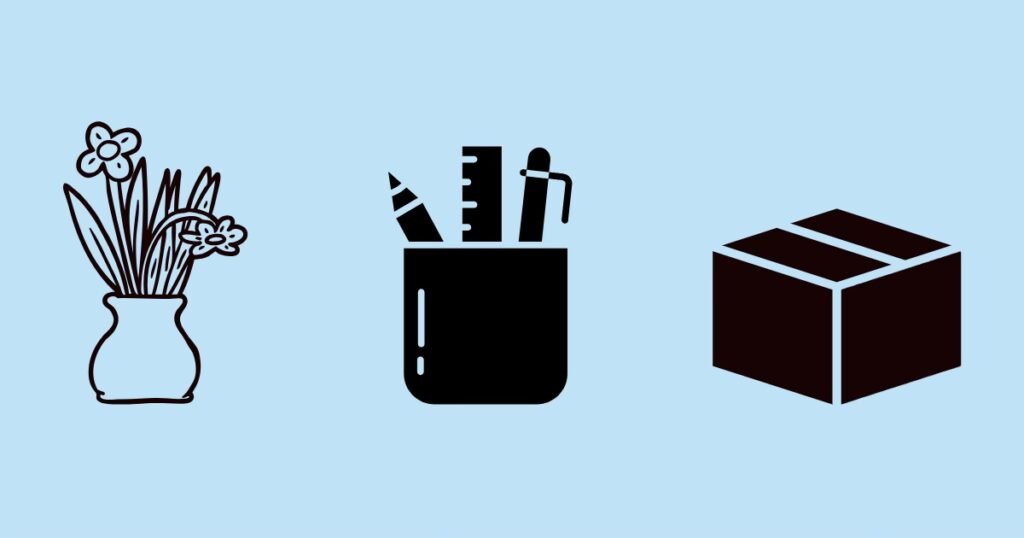Your cart is currently empty!
Category: Solutions

Chapter 3: Animals Around Us | Class 4 | EVS | AP SCERT
IMPROVE YOUR LEARNING
I. Conceptual Understanding
1. Give some examples of animals that have thick fur on their skin.
- Examples: Sheep, Polar Bear, Yak, and Alpaca.
2.Why is a hen called oviparous?
- A hen is called oviparous because it lays eggs, and its young ones hatch from these eggs.
3. Sarath says that the duck and the crocodile belong to the same group. Do you agree, why or why not?
Yes, they both belong to the group of oviparous animals because they lay eggs. However, they are different in habitat and lifestyle. Ducks are birds, and crocodiles are reptiles.
II. Questioning and Hypothesis
4. What will happen if there are no crows?
If there are no crows, the natural ecosystem will be disrupted. Crows help clean the environment by feeding on waste and dead organisms. Without them, waste accumulation might increase, leading to a polluted environment.
III. Experiments and Field Observations
5. Observe the legs of a dog and a hen and write about them.
- Dog’s legs: Strong and muscular, designed for running and walking.
- Hen’s legs: Thin and scaly, suitable for walking and scratching the ground to search for food.
IV. Information Skills and Projects
6. Collect the pictures of Herbivores, Carnivores, and Omnivores and make a scrapbook.
- Herbivores: Cow, Goat, Deer.
- Carnivores: Lion, Tiger, Eagle.
- Omnivores: Bear, Crow, Human.
V. Drawing and Model Making
7. Draw the picture of the animal that you like very much and color it.
Draw animals like a tiger, peacock, or elephant and colour them vibrantly.



VI. Appreciation
What activities would you like to do to protect birds?
Activities:
- Set up bird feeders with food and water.
- Plant trees to provide shelter for birds.
- Avoid using harmful pesticides in gardens.
- Educate others about the importance of bird conservation.

Metal Bird feeder 
Chapter 2: Climate Change | Class 5 | EVS | Textbook Solutions
Andhra Pradesh | APSCERT
Home » Solutions » Class 5 » EVS Textbook Solutions » Chapter 2: Climate Change
Here are the answers to the “Improve Your Learning” section for the lesson “Climate Change”
I. Conceptual Understanding
1. What is climate?
• Climate refers to the weather conditions such as temperature and rainfall prevailing in an area over a long period.
2. What are the effects we face due to climate change?
• The effects of climate change include untimely rainfall, droughts, floods, melting of ice, rising sea levels, cyclones, tsunamis, and forest fires. It also impacts food production and causes the death of aquatic plants and animals.
3. What are the reasons for climate change?
• The main reasons for climate change are deforestation, pollution from industries and vehicles, overuse of natural resources, burning waste, and the excessive use of plastic and harmful chemicals.
II. Questioning and Hypothesis
4. In your village, people are suffering from drought. Can you guess the reasons?
• Drought could be due to a lack of rainfall caused by deforestation, climate change, overuse of groundwater, pollution, and improper agricultural practices.
III. Experiments and Field Observations
5. Observe the process used for disposing of garbage at your home and make a report.
• At home, garbage is segregated into wet waste (food leftovers, peels) and dry waste (plastic, paper). Wet waste is composted to make manure, while dry waste is sent for recycling or discarded. However, in some cases, improper disposal, such as burning or dumping, causes pollution.
IV. Information Skills and Projects
6. Collect information about students who are using steel water bottles instead of plastic water bottles.
• A survey at school shows that 60% of students use plastic bottles, while 40% have switched to steel bottles. The latter group prefers steel bottles for their durability, safety, and eco-friendliness, reducing plastic pollution.
V. Drawing and Model Making
7. Make a pen stand, flower vase, etc., by using a plastic water bottle.
• This activity involves cutting and decorating plastic bottles creatively to reuse them as pen stands, vases, or storage containers, promoting recycling.

VI. Appreciation
8. Prepare some slogans on ‘Save Environment.’
• “Plant Trees, Save Lives.”
• “Reduce, Reuse, Recycle.”
• “Say No to Plastic, Yes to Nature.”
• “Save Water, Save the Planet.”
• “Act Now, Save Tomorrow.”






